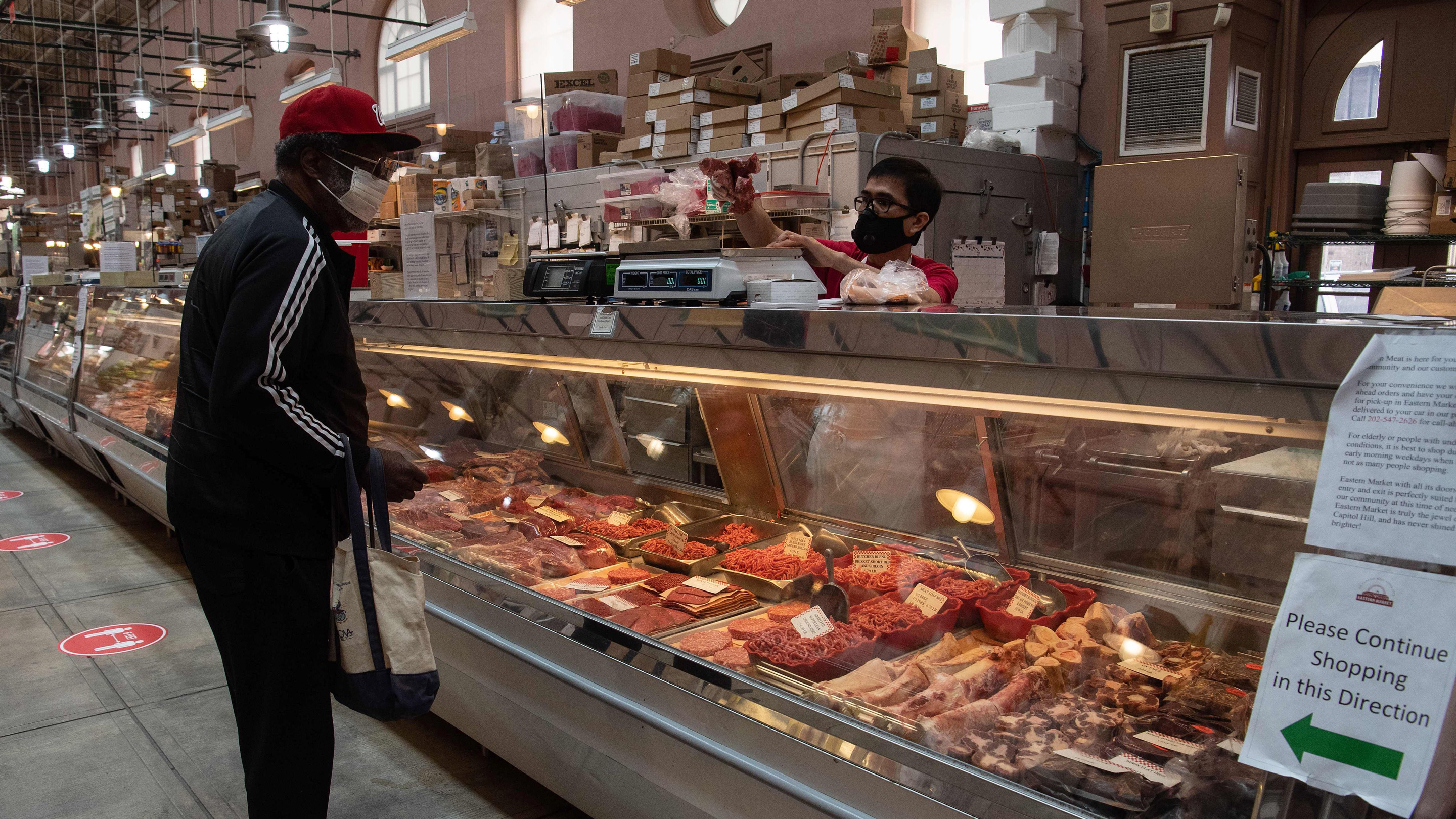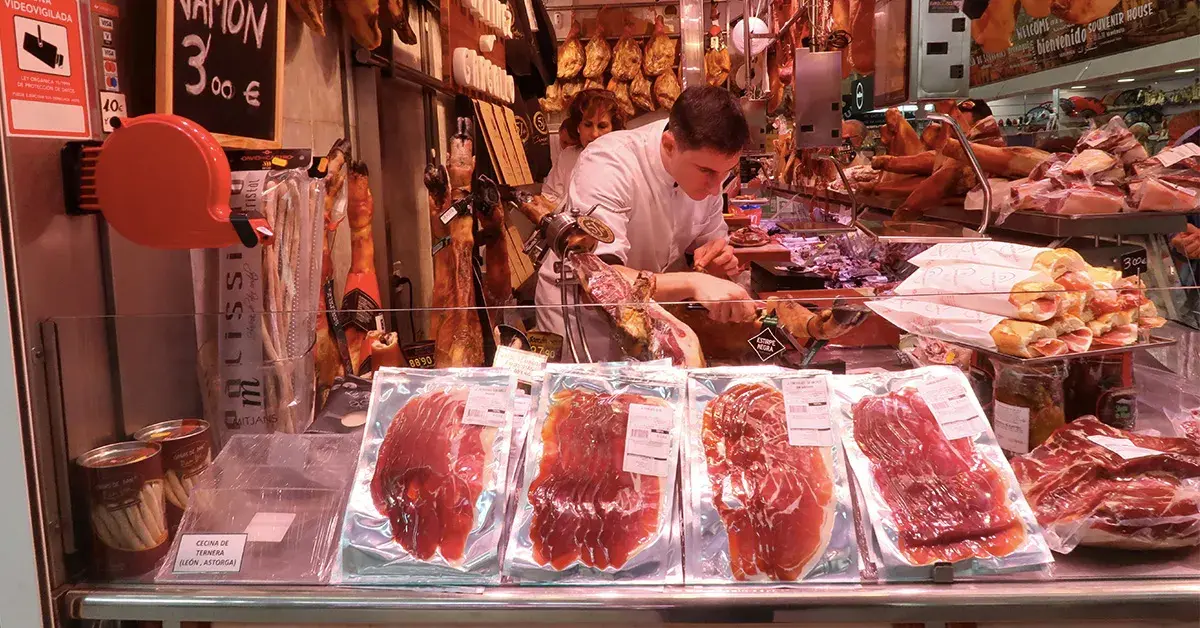Uncover the Art of the Butcher's Cut in a Modern Meat Market
In the ever-evolving landscape of contemporary meat markets, the butcher's cut has transcended its traditional roots, combining old-time craftsmanship with contemporary practices. Today's butchers are not just cpus of meat; they are experienced artisans who emphasize sustainability and moral sourcing. Their experience in choose and preparing cuts customized to particular culinary demands uses an unequaled eating experience. What genuinely sets the modern butcher apart is their capacity to create a much deeper link between customers and the origins of their meat. Just how do these masters equilibrium tradition with technology, and what effects does this have for the future of meat usage?
Evolution of Butchery Strategies
The development of butchery techniques shows a rich tapestry of technology and adaptation driven by developments in modern technology, changes in customer need, and a deeper understanding of meat scientific research. Historically, butchery was a craft gave through generations, with techniques honed over centuries to make the most of return and taste. The industrial revolution ushered in automation, changing traditional techniques and allowing large-scale handling.
The mid-20th century saw butchery methods even more fine-tuned by clinical insights into muscle biology and meat aging, boosting both inflammation and preference. Technologies like vacuum cleaner packaging and refrigeration expanded product shelf-life, enabling butchers to diversify offerings and enhance quality assurance. This period also noted the surge of specialized tools, such as band saws and meat slicers, which enhanced accuracy and effectiveness in meat processing.

The 21st century has presented digital innovation into the butchery world. Digital systems currently help in tracking pet provenance and optimizing cuts to meet specific consumer preferences. Additionally, a renewal in artisanal butchery has emerged, mixing typical abilities with contemporary understanding to accommodate customers seeking honest and lasting meat choices. This advancement underscores a dynamic interaction between tradition and technology, conference contemporary demands while maintaining the craft's heritage.
Recognizing Meat Cuts
Recognizing the details of meat cuts is vital for both butchers and consumers seeking quality and value. For butchers, exact cuts reflect skill and respect for the craft, making sure minimal waste and ideal return.

Understanding muscle structure is crucial; muscle mass utilized extra regularly by the pet have a tendency to be harder and are best matched for sluggish cooking techniques, while less-used muscles, like those found in the loin, are extra tender and suitable for grilling or roasting. Knowledge with these differences encourages consumers to make educated selections, boosting their culinary ventures.
Picking Quality Meat
Choosing the right meat includes even more than simply choosing a visually appealing item from the screen. bagley farms meat market edwardsville il. The art of choosing quality meat needs a critical eye and knowledge of details features that indicate freshness and quality. First of all, take notice of the shade; beef must have a bright, cherry-red shade, while lamb must show a soft pink tone, and pork a light pink. This indicates the meat is fresh and hasn't been exposed to oxygen for too long.
Secondly, take into consideration the marbling, which describes the white flecks of fat within the muscle mass. Proper marbling is a crucial indication of home tenderness and flavor, as it melts throughout food preparation, improving the meat's juiciness. Bear in mind, greater marbling usually correlates with superior high quality cuts, such as USDA Prime.
Appearance is another essential aspect; meat must feel strong to the touch, not slimed or excessively soft. In addition, bear in mind the scent. Fresh meat ought to have a tidy, neutral scent, without any kind of sour or repulsive smells.
Coupling Cuts With Food Preparation Techniques

On the other hand, tougher cuts like brisket and chuck roast are rich in collagen, which damages down right into gelatin when prepared slowly. These cuts are optimal for braising or slow-moving roasting, permitting the meat to tenderize over time and develop deep, complicated tastes. Likewise, cuts such as brief ribs and pork shoulder prosper with slow-cooking techniques, where extended cooking times change their durable structures right into delicious dishes.
Lamb shanks and oxtail, which need long term food preparation to tenderize, are ideal candidates for stewing or slow-moving simmering. These techniques coax out rich, hearty tastes while keeping wetness. By understanding the one-of-a-kind attributes of each cut, chefs and home cooks alike can boost their culinary developments, making sure each meal is both satisfying and memorable.
The Butcher's Duty Today
Browsing the advancing landscape of the modern meat market, the butcher's duty today extends past simple preparation of cuts. Contemporary butchers are culinary artisans, teachers, and supporters for lasting practices.
In addition to crafting specific cuts, butchers currently involve directly with customers, providing cooking advice and customizing options to fit specific needs and preferences. Their experience in meat aging, marbling, and flavor profiles equips consumers to make educated decisions, enhancing their culinary experiences. This individualized service exemplifies the butcher's progressing duty as a trusted consultant in the kitchen area.
Moreover, butchers are crucial in lessening waste, utilizing entire pets to create diverse products such as sausages and supplies. This comprehensive approach not only respects the animal however also straightens with contemporary sustainability goals. This way, the contemporary butcher symbolizes both tradition and innovation, adapting to an ever-changing market while maintaining the artistry and stability of their craft.
Verdict
Mastery in understanding top article varied meat cuts and quality indications empowers butchers to supply informed referrals, aligning certain cuts with ideal cooking techniques. By recognizing historical practices while accepting contemporary needs, the butcher's duty continues to be important in today's advanced meat market.
Comments on “Discover Fresh Cuts at Bagley Farms Meat Market Edwardsville IL for Your Next BBQ”